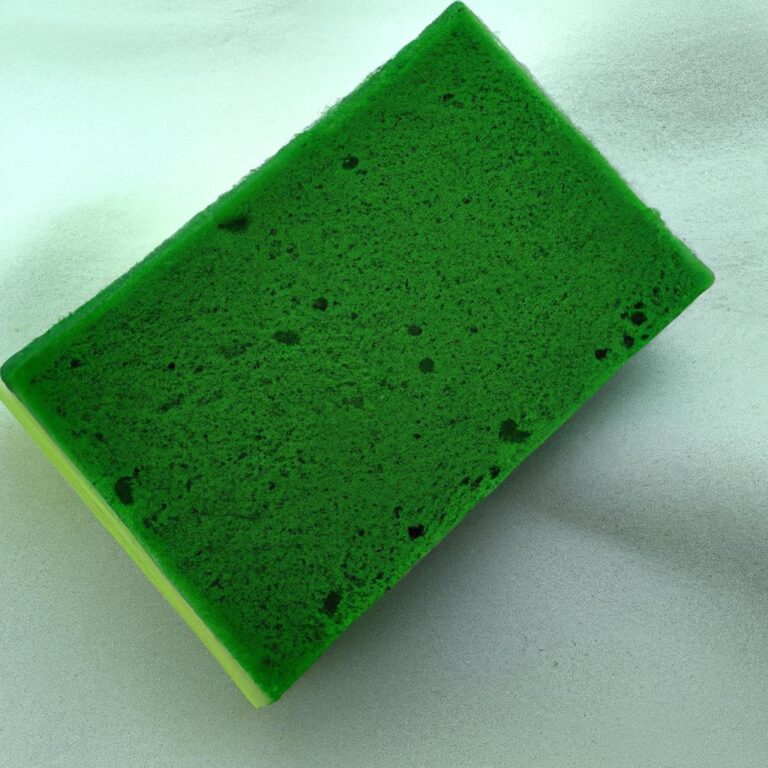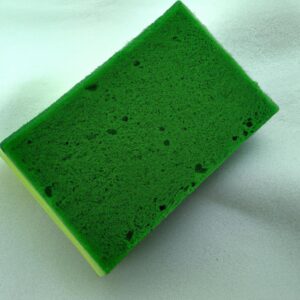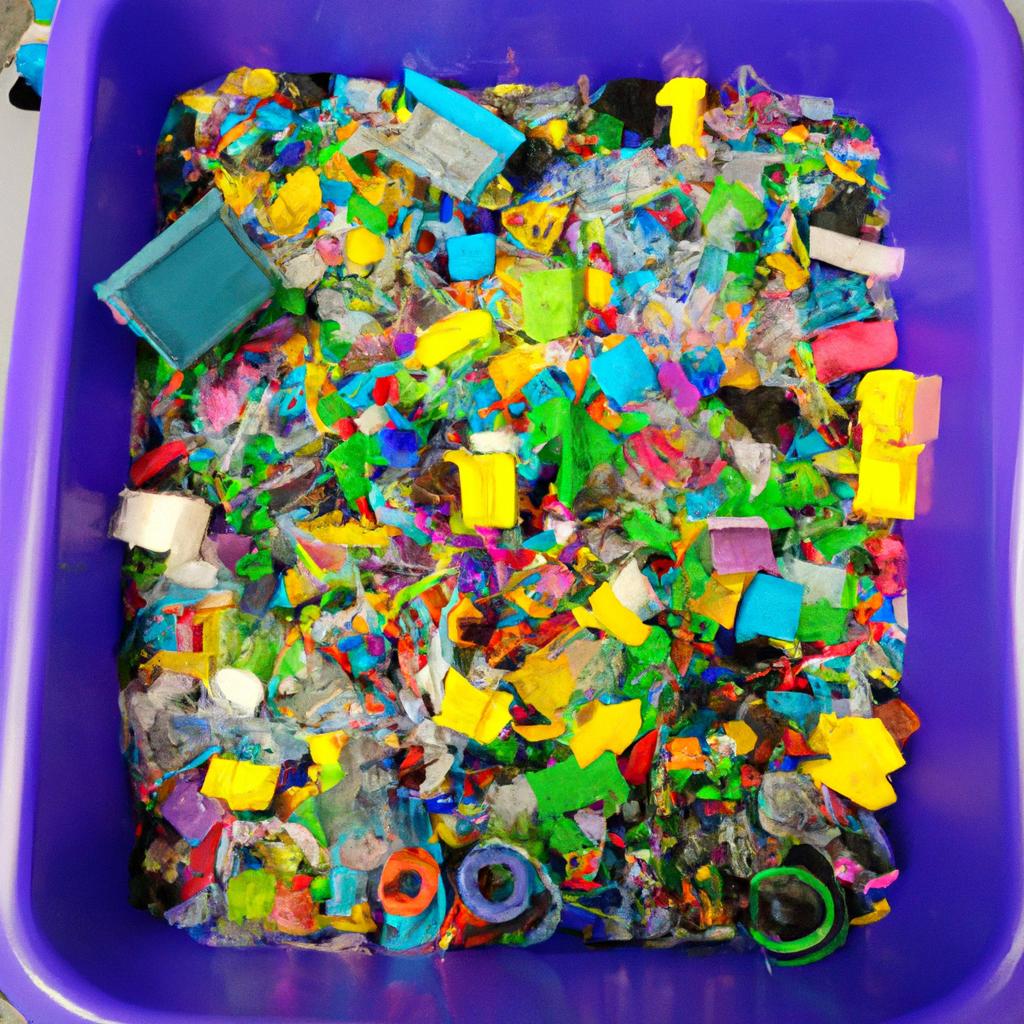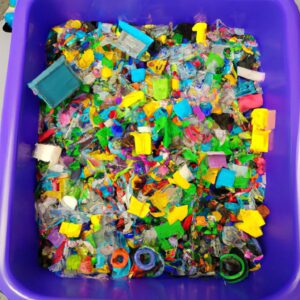Cleaning and Disinfecting Children’s Toys Safely
Keeping children’s toys clean and disinfected is an essential part of providing a healthy play environment for them. It helps to prevent the spread of germs and bacteria that can cause illness.
Toys are often handled by multiple children and families outside of the home, making them a breeding ground for bacteria. Cleaning and disinfecting all toys, not just those used in the home, is important for reducing the risk of transmitting illnesses between family members.
This guide will provide an introduction to why it is important to clean and disinfect children’s toys safely, as well as offer a step-by-step guide on how to properly clean and disinfect toys. It will also discuss various types of products used to clean and disinfect the toys, tips to properly store cleaned toys, the benefits of regularly cleaning and disinfecting toys, common mistakes when cleaning and disinfecting toys, and tips for making the experience easier.
Steps to Cleaning and Disinfecting Children’s Toys Safely
When it comes to cleaning and disinfecting children’s toys, there are several steps that you should take to ensure that the toys are properly and safely cleaned.
Before beginning the cleaning process, it is important to separate the toys into different groups based on material. Natural fibers, plastic, and metal toys will all require different cleaning solutions and methods.
Once the toys are sorted, spot-cleaning can begin. Dampen a cloth (or paper towel) with warm, soapy water and gently wipe the surface of the toys to remove any dirt or debris. Be sure to scrub any extra-dirty areas, but avoid rubbing too hard as this may damage the toy.
Once the spot-cleaning is done, a deeper cleaning will be necessary. Choose a cleaning solution that best suits the materials used to make the toys. For plastic and metal toys, a disinfectant solution of soap and water should be used. For natural fiber toys, a mild detergent and water will suffice.
Once the cleaning solution has been chosen, submerge the toys in the solution and let them soak for at least 5 minutes, then rinse them off thoroughly. For extra dirty toys, a gentle brush may be used to scrub away any stubborn dirt or stains.
Finally, air dry or use a soft cloth to dry the toys before storing them away. Remember to store the clean toys in a safe place where children cannot access them easily.
Different Types of Products Used to Clean and Disinfect Toys
When it comes to cleaning and disinfecting children’s toys, it is important to use the right type of product. As a parent, it is essential to understand the various products that can be safely used for both cleaning and disinfecting.
There are two main types of products – natural or chemical – that can be used for cleaning and disinfecting toys. Natural products can include items such as baking soda, vinegar, lemon juice, and rubbing alcohol. Chemical products are typically store-bought and contain ingredients such as bleach, hydrogen peroxide, and quaternary ammonium compounds.
It is important to understand the effectiveness of each product when it comes to cleaning and disinfecting. Natural products may not be as effective as chemical products at killing germs and bacteria, so it is important to consider this when selecting what products to use for cleaning and disinfecting.
It is also important to read the instructions and warnings on each product before using them. Many products, regardless of whether they are natural or chemical, can cause harm if used incorrectly. Additionally, products should always be stored out of reach of children to ensure safety.
Tips to Properly Store Cleaned Toys
Now that you have cleaned and disinfected your children’s toys, it is important to store them correctly. Proper storage is key to keeping their toys clean and safe for play. Here are some tips on how to properly store your children’s toys:
- Keep toys in a dry, well-ventilated room or area. Moisture can cause toys to mildew and attract dust mites.
- Clean and disinfect toys regularly. Even if toys look good on the surface, germs can still be harbored deep inside.
- Never store toys in cardboard boxes. Cardboard encourages mold growth and can attract insects.
- Separate soft and hard toys. Soft toys should be stored in sealed plastic containers while hard toys can be stored in open shelves and/or bins.
- Label the storage containers clearly. This will help you find the correct toy quickly when your child needs one.
By following these tips to properly store your children’s toys, you can ensure that their toys remain clean and safe for play.
Benefits of Regularly Cleaning and Disinfecting Children’s Toys
Cleaning and disinfecting toys regularly has several benefits. First, it reduces the risk of spreading germs and illnesses among children. Toys often carry bacteria, viruses, and fungi that can make children sick if not properly cleaned. Additionally, regular cleaning and disinfecting helps keep toys in good condition and looking new. This ensures that toys last for a longer period of time. Furthermore, keeping toys clean and free from dust and dirt reduces the risk of an allergic reaction among children.
Regularly cleaning and disinfecting toys also contributes to a cleaner and more hygienic home environment. Harmful germs and dirt are removed from toys, making the home more pleasant and sanitary. Lastly, regular toy cleaning is important for mental health and stress relief. It helps create an orderly and peaceful home atmosphere where children can focus on learning and playing.
Common Mistakes When Cleaning and Disinfecting Children’s Toys
When cleaning and disinfecting children’s toys, it’s important to be aware of the mistakes that are often made. The following are some tips to keep in mind when cleaning and disinfecting children’s toys:
- Not using the right cleaning solution or product on toys: not all cleaning products are suitable for all toys, so be sure to read labels and check which cleaning solutions and products are recommended for the type of toy you are cleaning.
- Not thoroughly cleaning toys: scrubbing off dirt and residue is essential to ensuring that toys are properly cleaned and disinfected.
- Cleaning toys in the wrong environment: it is important to avoid cleaning toys in areas with dirt and dust, as this can transfer to the toys and affect their hygiene.
- Not allowing toys to air-dry: not allowing toys to properly air-dry after being washed can lead to moisture build-up and bacteria growth.
- Using bleach or detergents on soft toys: while bleach can be used to disinfect hard toys, it should not be used on soft toys as it can destroy fabrics.
- Not following the product instructions: when using cleaning solutions, be sure to follow the instructions on the label.
By being mindful of these potential mistakes, parents and caregivers can help to ensure that children’s toys are cleaned and disinfected safely and effectively.
Tips for Making Cleaning and Disinfecting Experiences Easier
Cleaning and disinfecting children’s toys can be a difficult, time-consuming task. However, there are some tips that can help make the experience easier and more efficient.
- Create a cleaning schedule and stick to it. Setting up a regular cleaning schedule will keep you on track and ensure that your children’s toys are kept clean and sanitized.
- Be organized. When setting up a cleaning routine, organize the toys by type and size. This will help make it easier to sort and clean them.
- Choose the right cleaning products. Different types of toys require different types of cleaning agents. Read labels carefully to determine which cleaning products are appropriate for each toy.
- Set aside specific days or times for cleaning. Reserve certain days or hours of the week for cleaning and organizing. This will make the process less daunting and overwhelming.
- Delegate if possible. If you have an older child who is able to help, assign them cleaning tasks such as wiping down surfaces or sorting toys. This will lighten your burden.
- Use the power of steam. If you have access to a steamer, you can use this to quickly sanitize toys. The heat from the steam helps to kill germs and bacteria.
- Disinfect as needed. Not all toys need to be disinfected regularly. Limit disinfection to toys that are used frequently and those that come in contact with saliva or food.
Following these simple tips will help make your cleaning and disinfecting experiences easier. Remember, taking the time to properly clean and disinfect toys can help keep your little ones safe and healthy.
Conclusion
It is important to follow the correct steps for cleaning and disinfecting children’s toys safely. Regular cleaning and disinfecting of these toys will keep them hygienic and free of any germs or bacteria. This guide outlined the steps, products, tips, benefits, mistakes to avoid, and solutions for making the task easier. Additionally, it provided resources for further information as well as personal experiences and advice from parents.
Following these steps and guidelines for cleaning and disinfecting children’s toys helps ensure that your children are playing with toys that are safe and hygienic. While it may seem like a daunting task to undertake, it is a necessary one that will go a long way in protecting your children’s health.
When it comes to cleaning and disinfecting children’s toys, it is important to have access to the right resources. It helps to have knowledge about what products are best for cleaning and disinfecting toys, as well as guidance on proper storage practices. This guide provides readers with links to a variety of additional resources that can help them with toy cleaning and disinfection.
For product and cleaning tips, readers can turn to websites such as Cleaning Institute and Consumer Reports. These websites provide detailed advice on which products are the most effective in tackling germs and bacteria. They also provide posters, booklets, brochures, and even videos that demonstrate how to use these products correctly.
Organizations such as the CDC (Centers for Disease Control and Prevention) and EPA (Environmental Protection Agency) also provide helpful information on proper cleaning and disinfecting practices. For example, the CDC’s website has several articles on their website discussing the basics of toy cleaning and disinfection. Meanwhile, EPA’s website contains numerous resources related to their Safer Choice program, which identifies products with safer chemical ingredients.
In addition to these sources, parents can also receive helpful advice on cleaning and disinfecting toys from local child care centers, pediatricians, and other experts in the field of childcare. By consulting with these professionals, parents can gain knowledge on the best practices for caring for their children’s toys.
Finally, online communities like Parenting.com or BabyCenter.com provide an invaluable resource for parents looking for advice on cleaning and disinfecting toys. On these sites, parents can read articles and blog posts written by experts on the topic, as well as interact with other parents and share experiences.
With all of these resources at their fingertips, parents can be sure that they are taking the necessary steps to keep their children’s toys clean and disinfected.
Questions & Answers
Cleaning and disinfecting toys is an important part of keeping children’s playtime safe. Knowing what questions to ask when it comes to cleaning and disinfecting toys can help parents make informed decisions about the best way to do this. Here are some of the most commonly asked questions about cleaning and disinfecting toys:
- How often should I clean and disinfect my child’s toys?
It is recommended to clean and disinfect toys on a regular basis, with a thorough deep clean at least every two weeks. Deep cleaning includes washing items with water and soap, as well as disinfecting them with a solution that is safe to use on toys.
- Which type of products should I use for cleaning and disinfecting my child’s toys?
It is important to ensure the products used to clean and disinfect toys are safe for children. Generally, natural products such as vinegar, baking soda, and hydrogen peroxide are recommended. If using a chemical disinfectant, it is important to check the product instructions to ensure it is suitable for use on toys.
These are just a few of the many questions parents have when it comes to cleaning and disinfecting children’s toys. Your guide should answer any other relevant questions about this important topic.
Personal Experiences
It can be helpful to hear from other parents who have gone through a similar cleaning and disinfecting experience with their children’s toys. Thankfully, there are lots of online resources where parents can learn about how other families have dealt with this issue. Here are some popular sources:
- Facebook Groups and Forums: Join parent-run Facebook groups or forums where you can ask for tips on cleaning and disinfecting children’s toys. These groups usually provide detailed advice and suggestions from parents who have done this before.
- Blogs: Search the web for blog posts written by parents who have successfully cleaned and disinfected their kids’ toys. Most of these posts will include helpful tips and tricks that you can use.
- YouTube Videos: There are plenty of YouTube videos out there that show parents how to clean and disinfect their children’s toys. They often provide detailed instructions and visuals to help make it easier to understand.
When gathering tips from other parents, remember to take any advice with a grain of salt. Everyone’s cleaning experience is unique, so what worked for one family may not work for yours. Use the advice you gather from other parents as a starting point and adapt it to your own situation.
Cleaning and disinfecting children’s toys is one of the most important aspects of parenting. Not only does it keep our little ones safe and healthy, but it also ensures that their toys last longer. In this guide, we have discussed the steps to take in order to ensure proper cleaning and disinfecting of children’s toys.
First, we discussed the importance of this task and what the benefits are. We then looked at the different types of products that are used for cleaning and disinfecting toys, as well as tips for proper storage once the toys have been cleaned. Additionally, we focused on common mistakes that should be avoided when cleaning and disinfecting toys, as well as tips for making the process easier.
We also answered some common questions about cleaning and disinfecting toys and shared some personal experiences and tips from parents. Finally, we summarized all of the important information discussed in this guide, as well as provided some useful resources for further reading. We hope that this guide has given you the knowledge and confidence you need to effectively clean and disinfect your children’s toys safely.
comments: 0





